Here at HPA Labs one of the most commonly asked questions is 'should I reflash my factory OEM ECU or install an aftermarket standalone ECU?'. It is very difficult and sometimes impossible for us to answer this question for others. Hopefully, the article below will help some potentially unsure or confused future tuners out there make an informed and confident decision.
In this article: Your Tuning Options | Pros & Cons | Which tuning option is the best?
As a professional engine tuner, my passion is getting the best out of an engine. Perhaps that’s maximum power, but it could equally mean improved fuel economy and perfect driveability. Just because an engine rolled off the production line a certain way doesn’t mean that’s the end of the story. Modifying cars is always about improving, polishing, refining and personalising – and this same philosophy can be just as easily applied to the engine.
If you love modifying engines as much as I do, then you’re in luck. Right now we have access to some of the most advanced engines ever produced, but more importantly, we also have access to the technology to tweak them, refine them and optimise them. And that technology is what we’re going to be discussing today.
In this article, we’re going to investigate the options available for tuning your engine. I’m talking about optimising the fuel delivery and ignition timing to suit your specific modifications – not bolt on hardware. There are literally hundreds of options in the marketplace for tuning your engine, but essentially they’re all trying to do the same thing. Modern engines may have a lot of complexities, but when we get down to bare bones it always comes back to fuel and ignition.
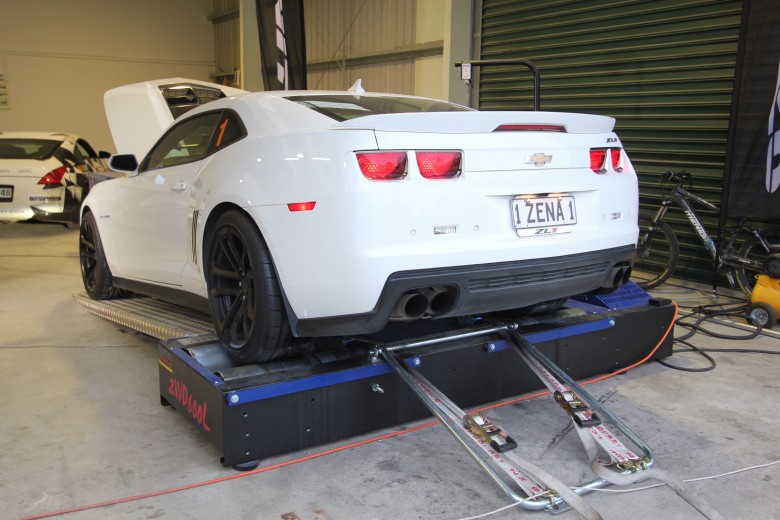
Your Tuning Options
There are plenty of options for tuning an engine, but broadly speaking they can be broken down into re-flashing the factory ECU (engine control unit or electronic control unit) or fitting a standalone engine management system, and I’ll explain what those terms mean now. Re-flashing is a technique where some smart people have decoded the mapping in the factory ECU and provided us with a software package that allows us to tune the ECU in a similar way to how the factory engineers do the job. Since you’re using the factory ECU for this method, there’s no need to cut or modify any wiring, which simplifies the job.
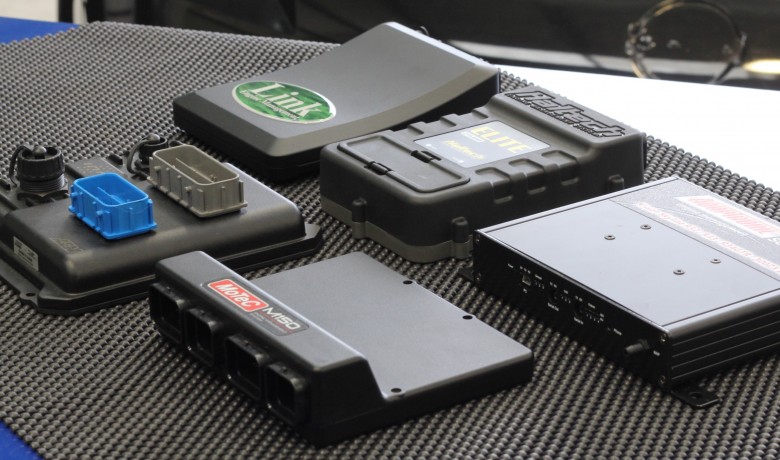
A standalone ECU on the other hand has been designed from scratch specifically to provide complete control over the engine tuning. Standalone ECUs are available from a wide range of manufacturers and are developed with the ability to control almost any engine you can think of. Some are designed as a plug-in replacement for the factory ECU and use all of the factory wiring and sensors, while others need to be wired to your engine and may require additional sensors.
The Pros & Cons
So here begins the confusion… In many popular cars, you may have the option of using either type of tuning solution – re-flashing or a standalone ECU. So which is the best and which should you choose? The hard part is that there isn’t always a clear-cut answer as to which is the best option. Often you can get similar results using either option, which is even more confusing. And contrary to what many think, one brand of ECU won’t necessarily make any more power than another. If you’re supplying the same amount of fuel and ignition timing then the power will be the same – there’s no magic here. The key to choosing is properly understanding the pros and cons of each option and weighing these up against your requirements.
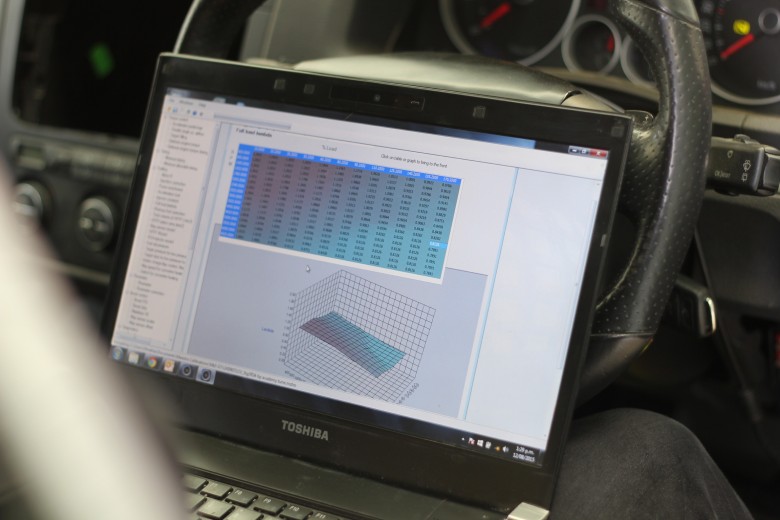
When it comes to the cleanest and most cost-effective solution, re-flashing the factory ECU is an easy winner. Re-mapping the engine can be done by plugging a special cable into the OBD-II port, and from there the maps can be read out of the ECU, modified as needed and then ‘flashed’ back in. Re-flashing is an option for many cars produced from about the year 2000 onwards, but not every car in production is supported.

In the past, a big drawback with re-flashing was the limitations of the stock ECU’s design, and if you wanted functions that weren’t included in the factory ECU you were out of luck. Development in the re-flashing industry has been feverish though, and there are a number of smart people and companies out there who have hacked the factory ECU code to add extra features or support not normally available. I’m talking about supporting the addition of a turbocharger to a naturally aspirated engine, flat shifting, multiple maps, flex-fuel support and more. There’s almost no limit to what can be achieved with the stock ECU in the right hands. As an example of that, several people in the Mitsubishi Lancer Evo tuning community have exceeded 1000whp on a stock ECU.
Re-flashing is also becoming more and more popular on late-model cars as the integration of all the vehicle electronics becomes more complex. In fact, with some late-model cars it may be your only viable option. Read my last article for a bit more insight as to why it’s getting harder to fit a standalone ECU these days.
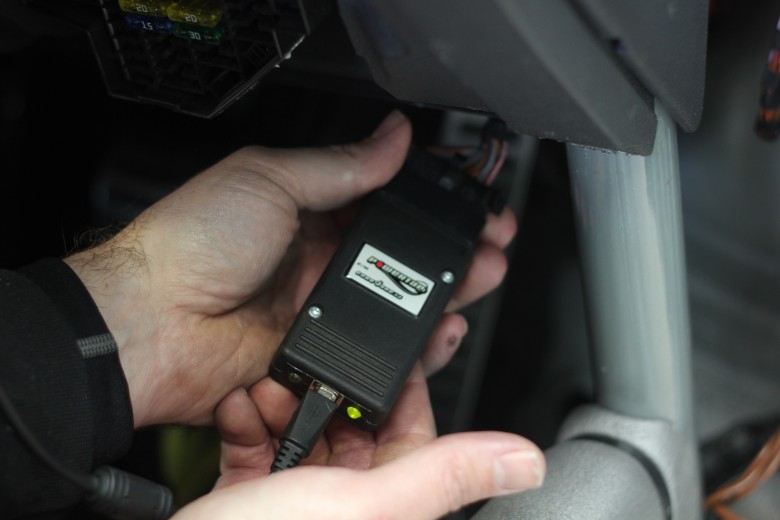
But there are some downsides. In most cases, making changes to the tuning with re-flashing isn’t something that’s done live. This means you can’t make a change to the fuel or ignition timing and instantly see the results like you can with a standalone ECU. Instead, the changes are made to the map and then the engine is shut down and the modified map is flashed back into the ECU. This in itself is a time-consuming process, which can take anywhere from a minute through to 15 minutes or more to perform. Understandably, if you’re making very large changes to the entire map, then the tuning process can take a very long time.
If you have questions, support from a manufacturer may also be variable depending on the product you’re using. If it’s a professional re-flash product such as COBB, EcuTek, HP Tuners or EFI Live, then customer support is available. Many people in the Mitsubishi and Subaru communities are using open source (freely available) software for re-flashing, which is great from a cost perspective, but often support is lacking, meaning hours of trawling internet forums searching for answers.
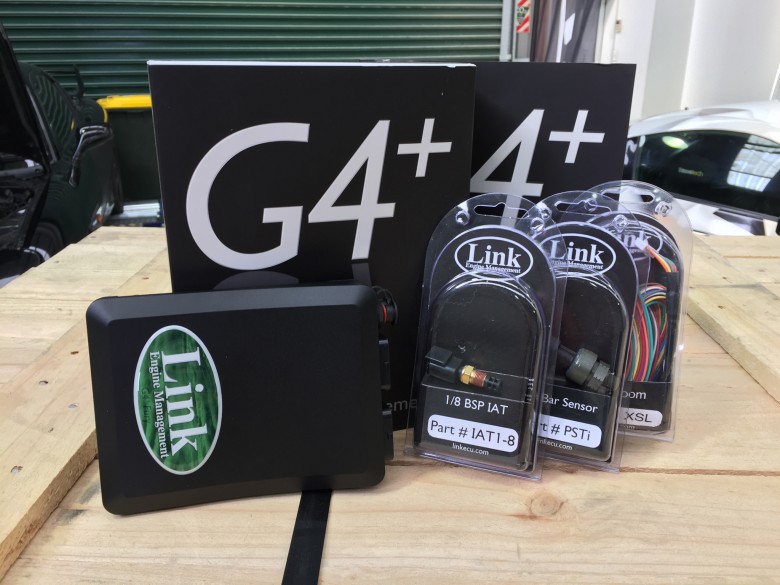
In comparison to re-flashing, a standalone ECU can be tuned in real-time, which means when you make a change and press enter, you can instantly see the results of that change. This makes it much faster to optimise the tune as you’ll immediately know if you’re heading in the right direction. Since a standalone ECU isn’t restricted by the stock ECU, wiring or sensors, it’s also easy to add additional sensors. Many standalone ECUs will also offer advanced functions such as onboard data logging and motorsport features like launch control, anti-lag and traction control. Lastly, if you have any problems, you can jump on the phone and get advice directly from the company that manufactured the ECU.

Which option is the best?
So which way should you go? Sadly there isn’t a single rule that I can write here that will cover every application – and I really wish there was. But I can share with you some of my own experiences with both options…
If you’re only considering some minor modifications like an exhaust and air intake, then the answer is simple – a re-flash is what you need. You’ll get to make the most of your new parts for a reasonably low outlay, and you can be sure that the car is still going to do everything it did when it was standard – start well from cold, control idle speed and offer perfect driveability.

If on the other hand you’re looking at building a serious race car then I’d be much more inclined to suggest a standalone ECU. Yes, often it is possible to get away with running a modified engine on a stock ECU, but more often than not there is no real advantage in doing so. The cost savings over a top-shelf standalone system ends up being almost insignificant in the bigger scheme of a maximum-effort build, and they are much faster to tune. A standalone ECU nicely integrates all the advanced motorsport features you could hope for, along with live real-time tuning and advanced data analysis, and this can be invaluable on the track.

If you’re somewhere in the middle of these two options then things can be a little murkier. In this situation, the decision might be better made based on the person who is going to do the tuning. Basic re-flashing to suit simple modifications is relatively straightforward and most competent tuners can achieve a great result. If you’re getting serious though and looking at perhaps adding 50 per cent or more to your engine power, then the job becomes more complex and a strong knowledge of the system you’re working with is essential. Unlike an aftermarket ECU, the inner workings of a factory ECU can be very complex and depending on the re-flash software being used manufacturer support may be non-existent, hence making it more challenging to get a great result.
The other consideration is what other features you want from your engine. Motorsport features such as launch control, traction control and anti-lag may not be possible with some re-flash software or may be pretty primitive in their ability.

The scenario you want to avoid is investing a lot of time and money into getting your tune right with re-flashing, only to eventually realise that you were operating beyond the limits of the ECU and end up with a second-rate result. I have seen this more often where a customer has started down the modification path with a few simple bolt-on additions backed up by a re-flash, only to go nuts later and end up swapping to a standalone ECU. If you can think really seriously about your long-term plans at the start of a project, this can help you make the right choice at the start, and ultimately you’ll save money and end up with a better result.
As with many things in the world of modified cars, our options aren’t always completely clear and obvious when it comes to tuning. If you’ve still got questions, ask them on our members only forum and I'll do my best to help you out.
Once you've made your decision why not start learning to tune with our free course?
Need help finding the right reflashing software? Check out our members-only webinar on how to choose the right reflashing platform for your application as well as our reflash tuning software solutions article.
Alternatively, take a look at our members-only webinar on selecting a suitable standalone ECU for your application here.







